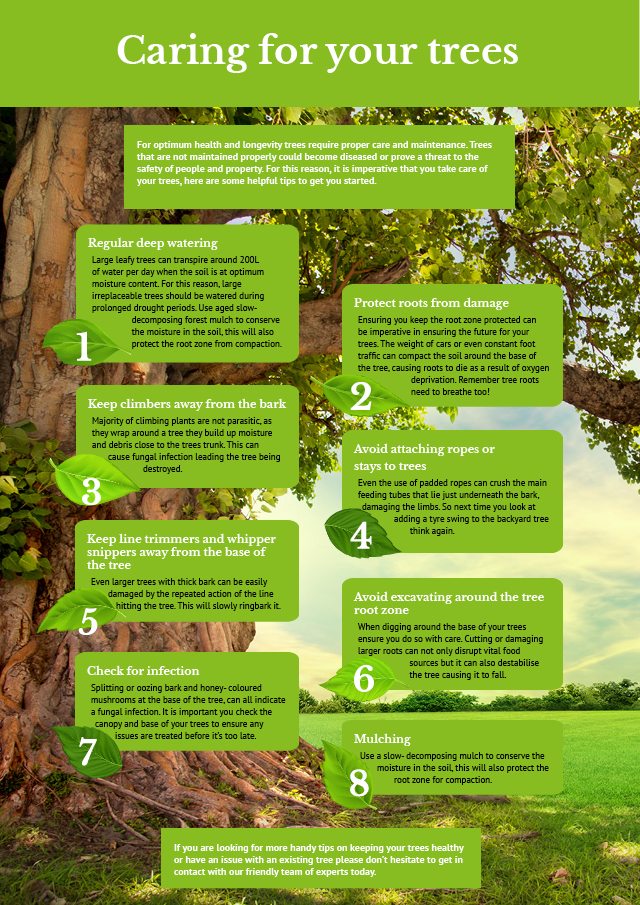Analyzing The Stability Of Trees: Determining When Removal Is Crucial
Analyzing The Stability Of Trees: Determining When Removal Is Crucial
Blog Article
Web Content Produce By-Fields Britt
If you've ever wondered about the destiny of the trees on your residential or commercial property, recognizing when it's time for removal is critical. Yet how do you determine if a tree can be conserved or if elimination is the only alternative? By looking for certain signs and reviewing security risks, you can make educated choices that profit both your landscape and your environments. Let's explore the essential factors that enter into play when deciding the fate of a tree and exactly how you can guarantee the most effective result for your environment-friendly buddies.
Indications of Tree Decline
If you discover any one of the following indications of tree decrease in your yard, it may be time to take into consideration tree elimination.
One usual indication is dead or worn out branches, which can show underlying concerns influencing the tree's health. Keep an eye out for tarnished or wilted fallen leaves that continue despite correct care, as this could be an indication of condition or insects.
Another warning signal is excessive leaning or an obvious shift in the tree's base, which might suggest root issues or structural instability. Watch out for fungal development on the trunk or roots, as this can show rot and compromise the tree's security.
Furthermore, if you observe large splits in the trunk or significant limbs, it's important to resolve these concerns immediately to avoid potential threats. Addressing these indications of tree decline immediately can help maintain the safety and appearances of your backyard setting.
Safety Worries
To guarantee the well-being of your building and those around you, focusing on safety issues associated with trees is critical. Trees can present different safety and security dangers otherwise effectively preserved. Dead or worn out branches might fall all of a sudden, jeopardizing individuals or damaging frameworks.
Leaning trees can also be dangerous, particularly if they're leaning in the direction of a structure or power lines. Additionally, trees with comprehensive root systems near foundations or underground utilities can trigger significant damages in time.
It's essential to frequently inspect your trees for any kind of indicators of potential danger. Keep an eye out for splits in the trunk, big cavities, or indications of condition and decay. If you see any one of these problems, it's ideal to seek advice from an expert arborist to examine the scenario and identify the necessary course of action.
Taking positive steps to resolve safety worries promptly can avoid mishaps and property damage in the future. Remember, the safety of your building and those around you need to constantly be the top concern when it pertains to tree maintenance.
Consulting an Arborist
When considering the health and safety of your trees, speaking with an arborist is an important step. Arborists are trained specialists who specialize in the care and maintenance of trees. They can assess the overall health of your trees, identify any problems such as diseases or architectural issues, and give experienced suggestions on the best strategy.
By consulting an arborist, you can get valuable understandings right into the problem of your trees and identify whether elimination is essential. Arborists have the understanding and experience to evaluate the dangers related to keeping a tree versus removing it. They can additionally offer advice on alternate remedies, such as pruning, cabling, or supporting, to help protect the tree whenever possible.
Furthermore, arborists can aid you browse any type of regional guidelines or permits that may be required for tree removal. https://www.timesunion.com/news/article/Simple-steps-take-garden-to-next-level-15371195.php can make certain that the process is performed securely and in conformity with any kind of applicable regulations.
Final thought
In conclusion, when determining whether trees can be conserved or if elimination is essential, it is essential to take into consideration indications of decrease and safety issues. Consulting an arborist for an extensive evaluation is necessary in making the very best choice for the tree's health and wellness and potential threats. https://trentonksxek.ourcodeblog.com/33203350/seasonal-factors-to-consider-for-tree-treatment-what-is-the-best-time-to-get-rid-of-trees in mind, proactive care and timely activity can assist preserve trees and protect against accidents.
